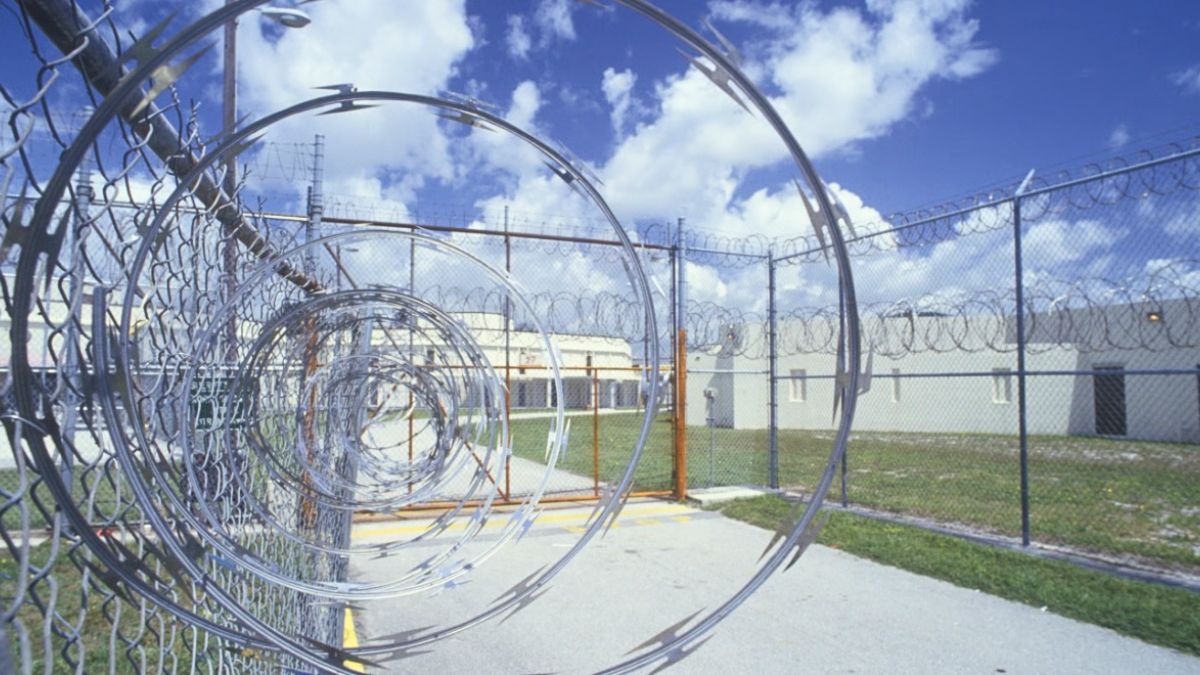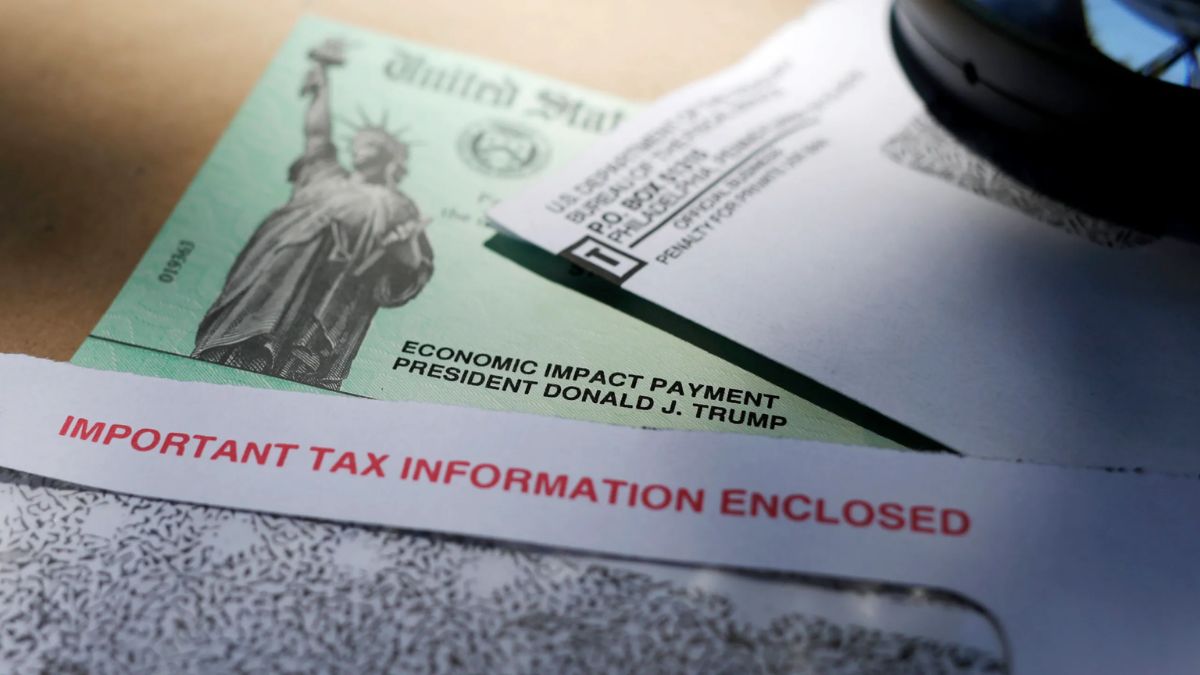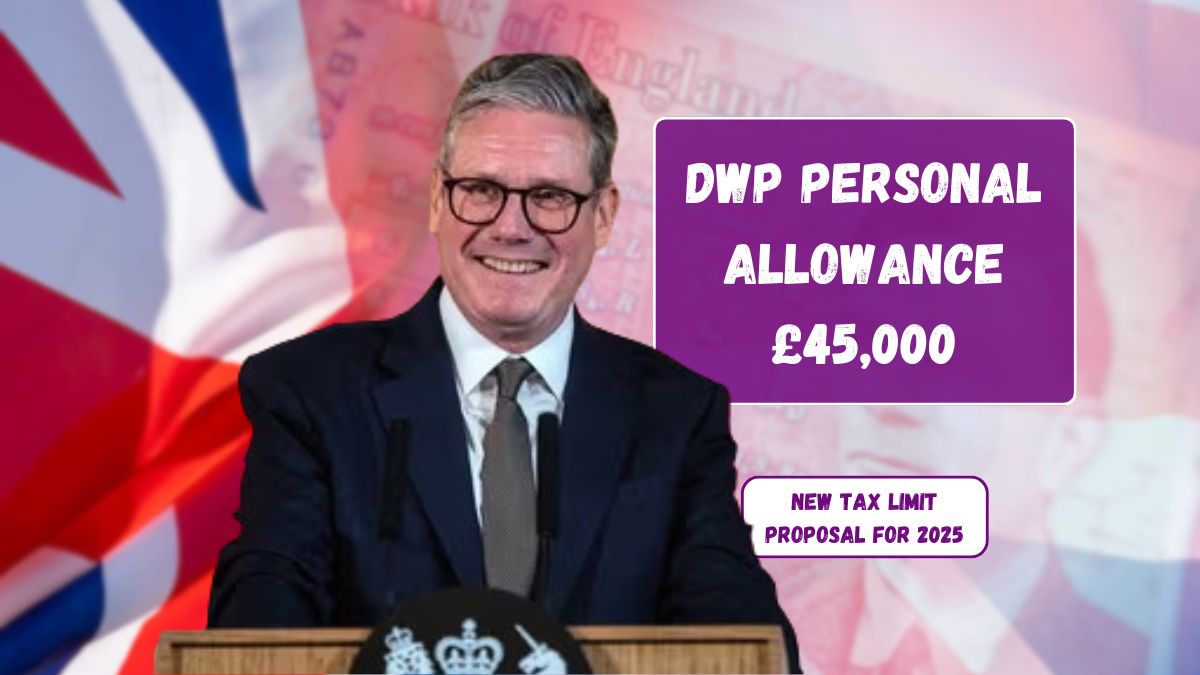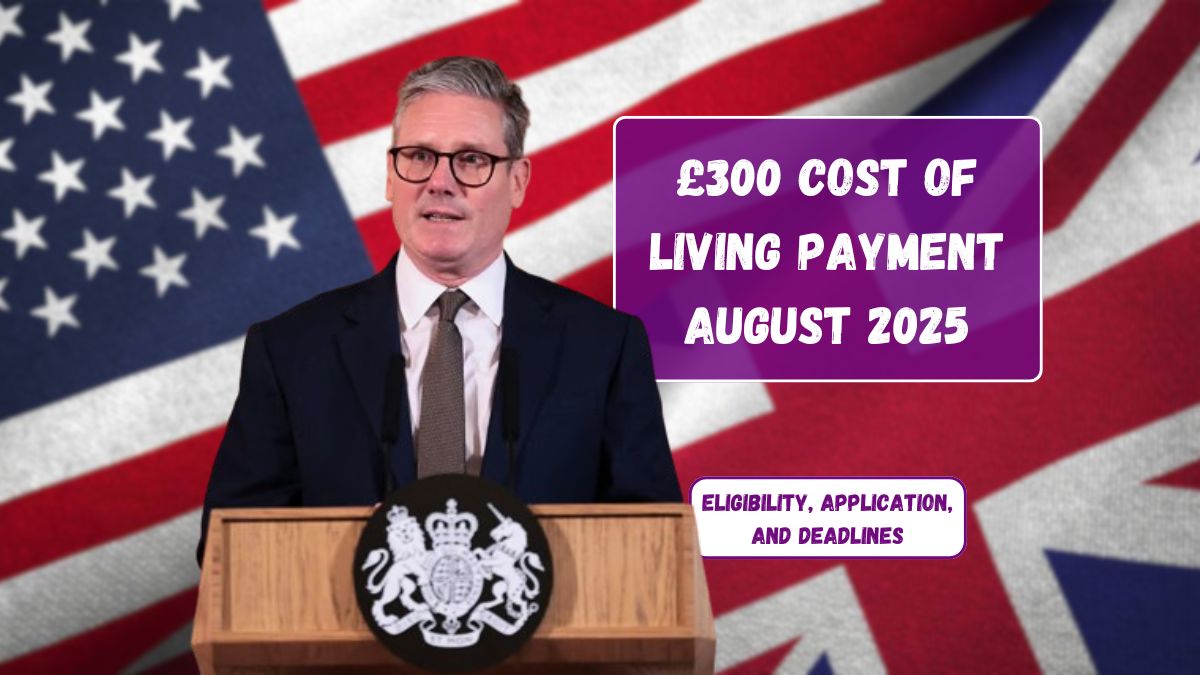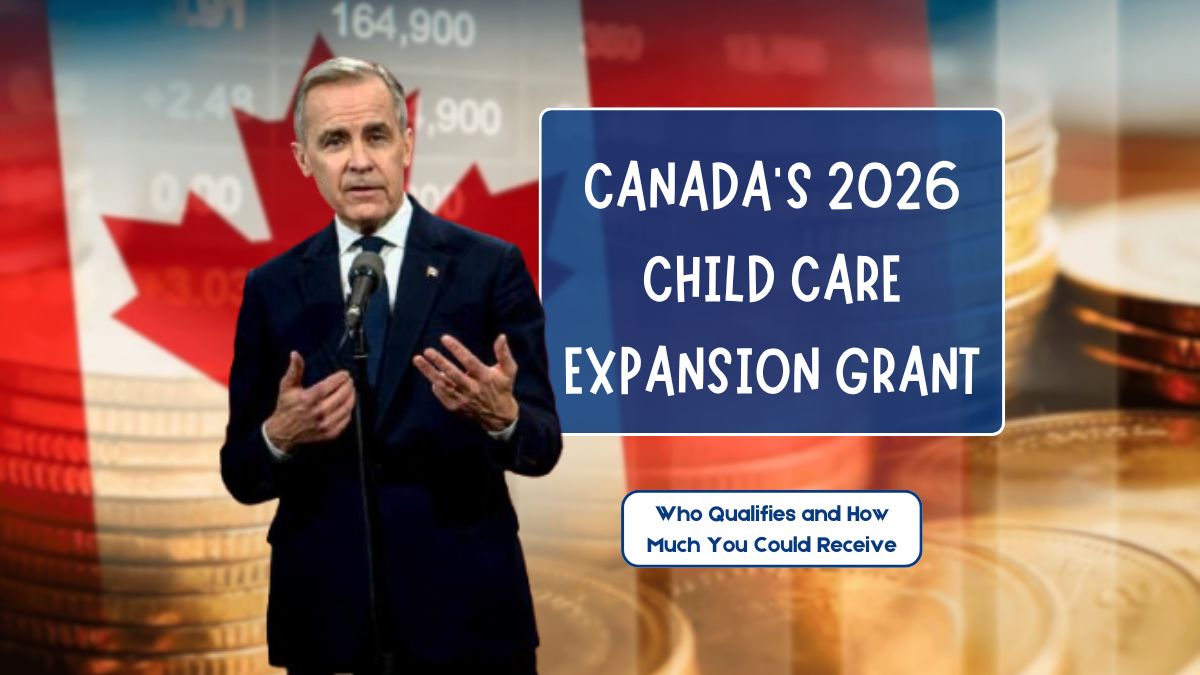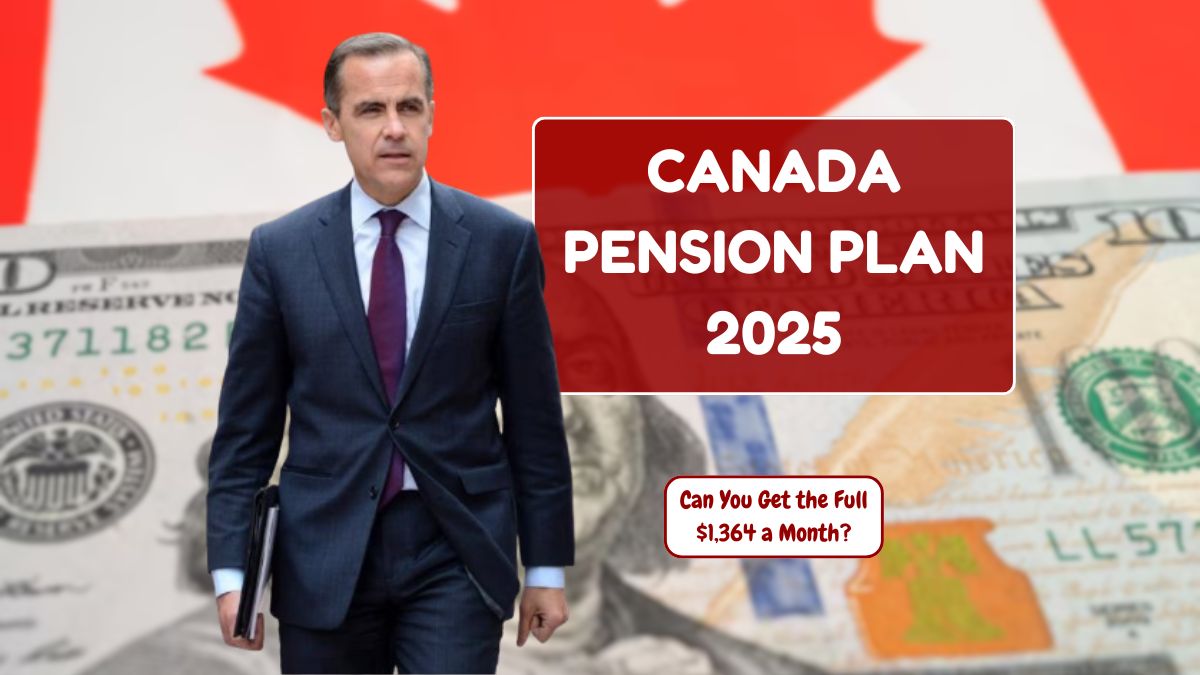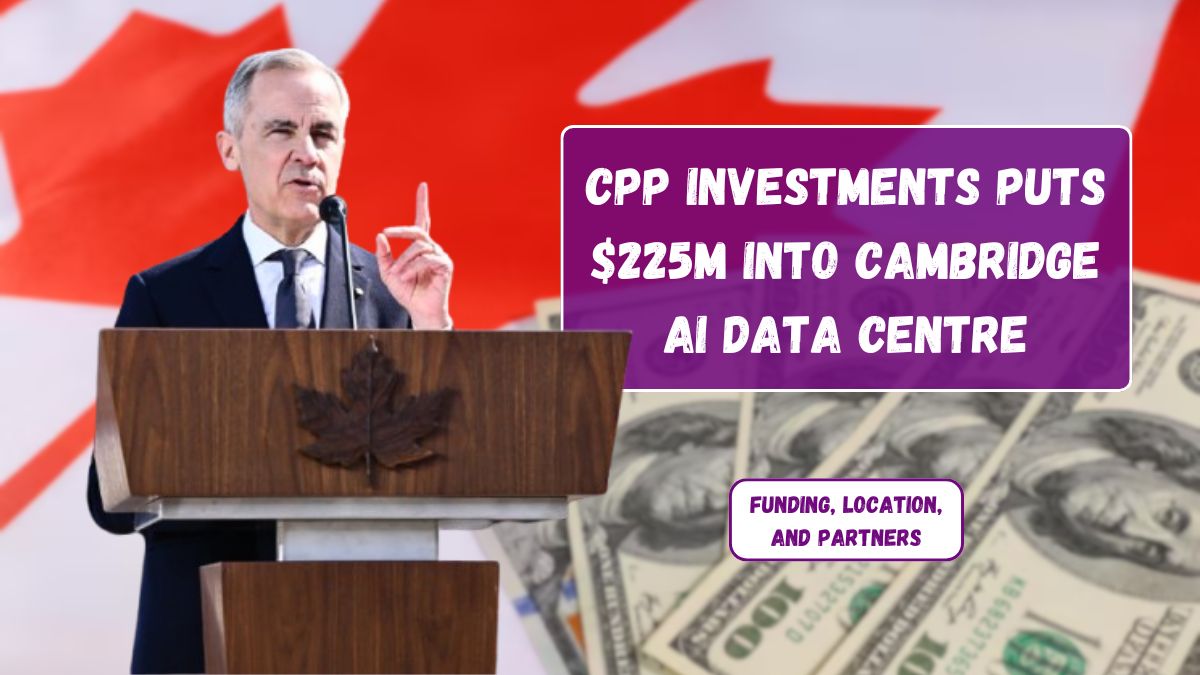The United States just took a major step back in its climate fight. On July 4, President Donald Trump signed the One Big Beautiful Bill Act, eliminating around $500 billion in clean energy tax credits from the 2022 Inflation Reduction Act (IRA). These credits had powered a clean energy boom, spurring more than $800 billion in private investments. Ironically, about 80% of that money flowed into Republican-led districts. But that didn’t stop the Trump administration from swinging the axe.
So, is the U.S. climate plan falling apart? Or is there still hope in the strategy behind the IRA?
Strategy
Here’s the good news: the heart of the IRA’s strategy still works. What made the law different wasn’t just its environmental goals—it was who supported it. It wasn’t just climate activists. Big industries like automakers, utilities, and even some heavy polluters got behind it. Why? Because they saw a way to transform. With the right investments, today’s “brown” companies could become tomorrow’s green leaders.
This created a rare alliance between business and climate advocates. It wasn’t just about saving the planet—it was about boosting U.S. industry for the future.
Coalition
One of the smartest things the IRA did was pull in major industrial players. These were companies that traditionally stayed on the sidelines—or even blocked climate policies. But with money on the table and future profits at stake, they jumped in. That shifted the political math.
Even with some of the funding cut, powerful lobbies pushed to protect key parts. Subsidies for geothermal energy, nuclear power, battery storage, and clean manufacturing survived. That’s a strong sign that some parts of the green agenda are here to stay.
Global
Meanwhile, the rest of the world is holding the line. Countries like Germany, France, the UK, Australia, Norway, and Canada haven’t slashed their green investments. Even when public support has slipped, governments recognize what’s at stake. Green subsidies help them compete with China and capture fast-growing global markets.
And the numbers don’t lie. Between 2019 and 2024, global clean energy investment hit $8 trillion—double the total from the previous two decades. The IRA and similar programs globally played a huge role in that surge.
Resilience
Sure, the U.S. rollback is disappointing. But it’s also a wake-up call. If we want green policies to last, we need to design them to survive political swings. That means broadening the coalition, showing economic benefits, and making clean energy too valuable to cut.
A decade ago, limiting warming to 1.5°C felt impossible. Scientists warned we were heading for 4°C of warming by 2100. But now, with smarter strategies and industrial backing, we’re not just chasing dreams—we’re building a pathway to real progress.
So, while the Trump administration might have slowed things down, it hasn’t stopped the momentum. Decarbonization is still on the table—and the playbook is clearer than ever.
FAQs
Why did the U.S. cut clean energy funding?
Trump’s administration aimed to reduce federal spending on green subsidies.
Did the IRA boost private investment?
Yes, it sparked over $800 billion in clean energy investments.
Were any subsidies protected?
Yes, for geothermal, nuclear, batteries, and clean manufacturing.
Are other countries cutting green funding?
No, most wealthy nations continue or expand clean energy support.
Is decarbonization still possible?
Yes, with industrial support and smart, resilient policies.





